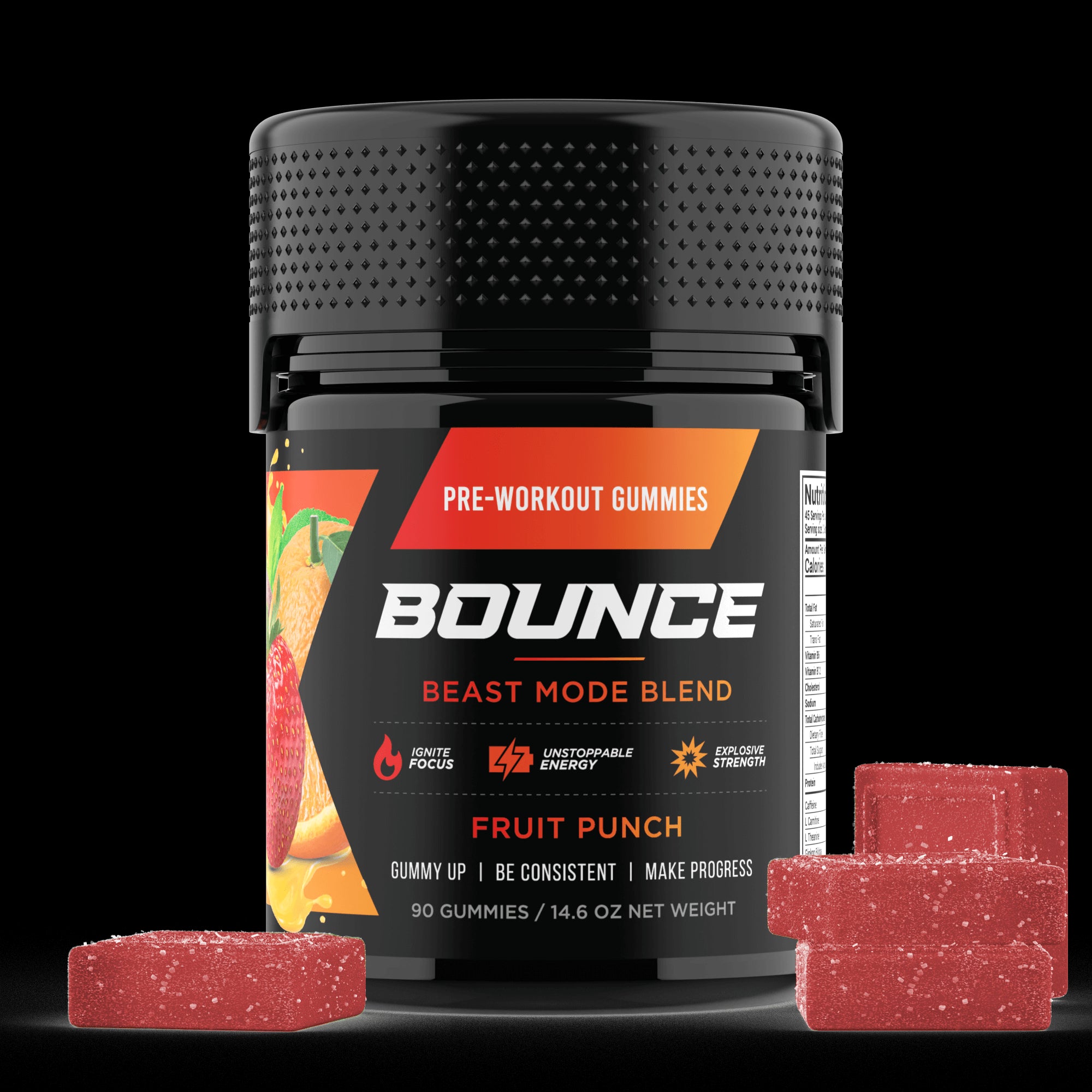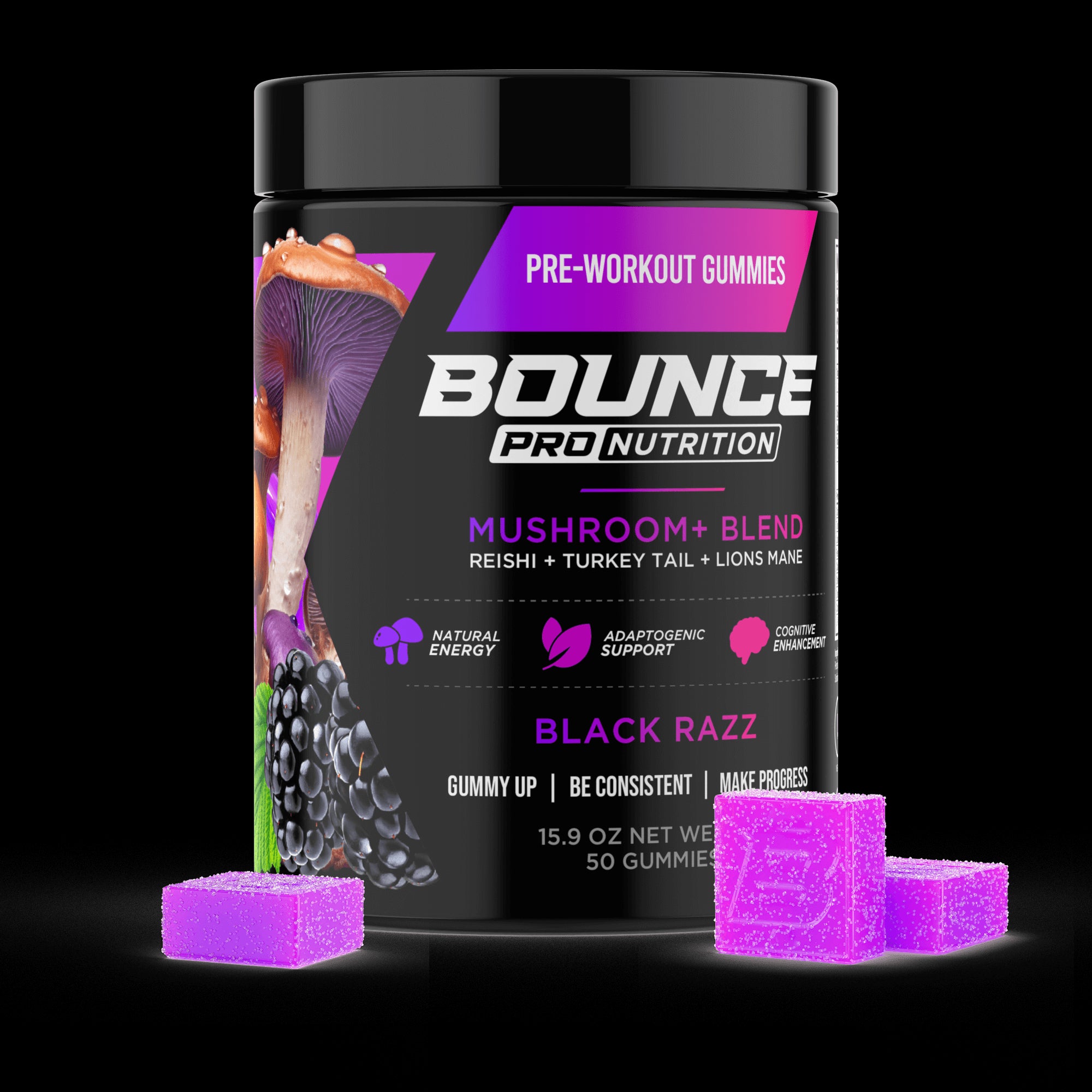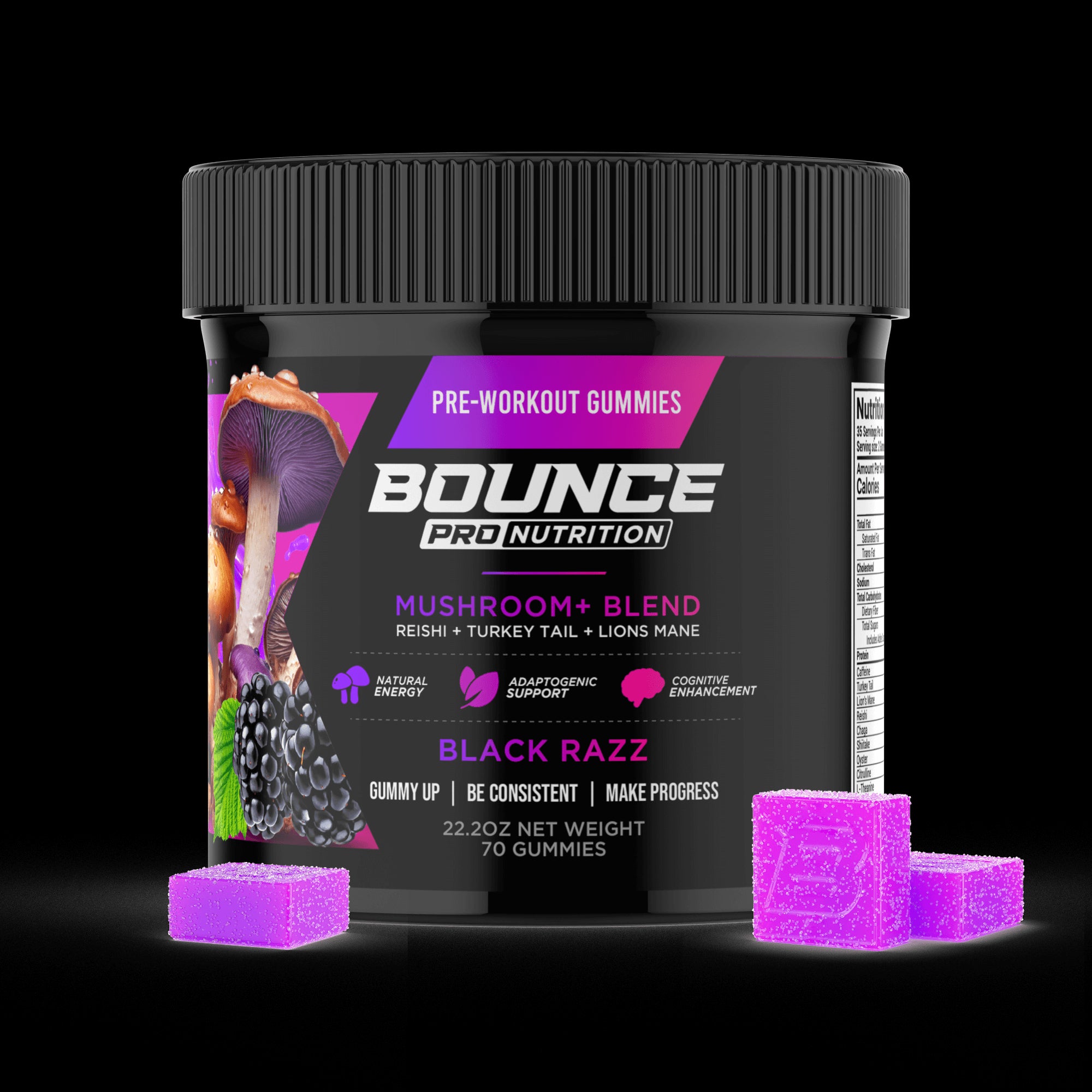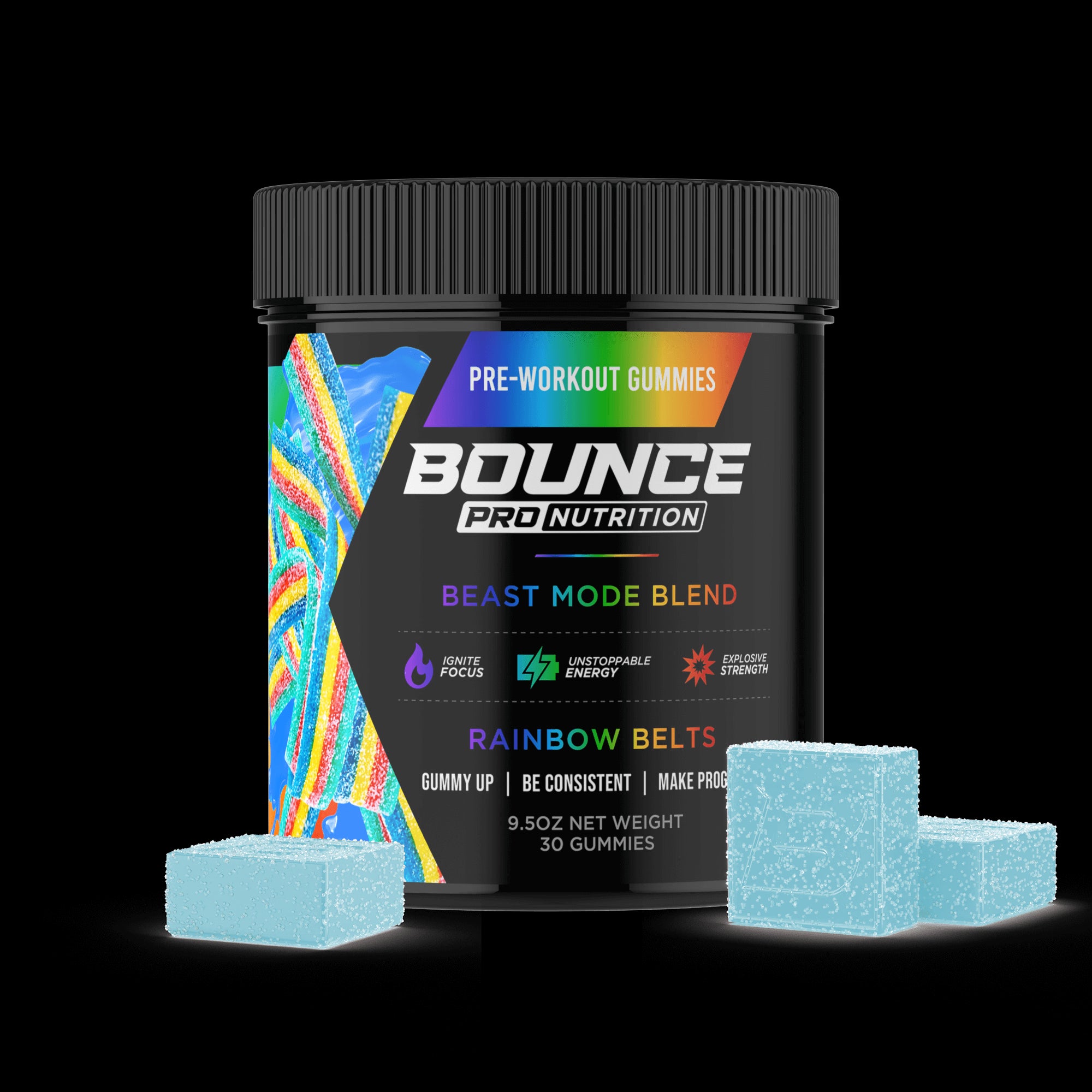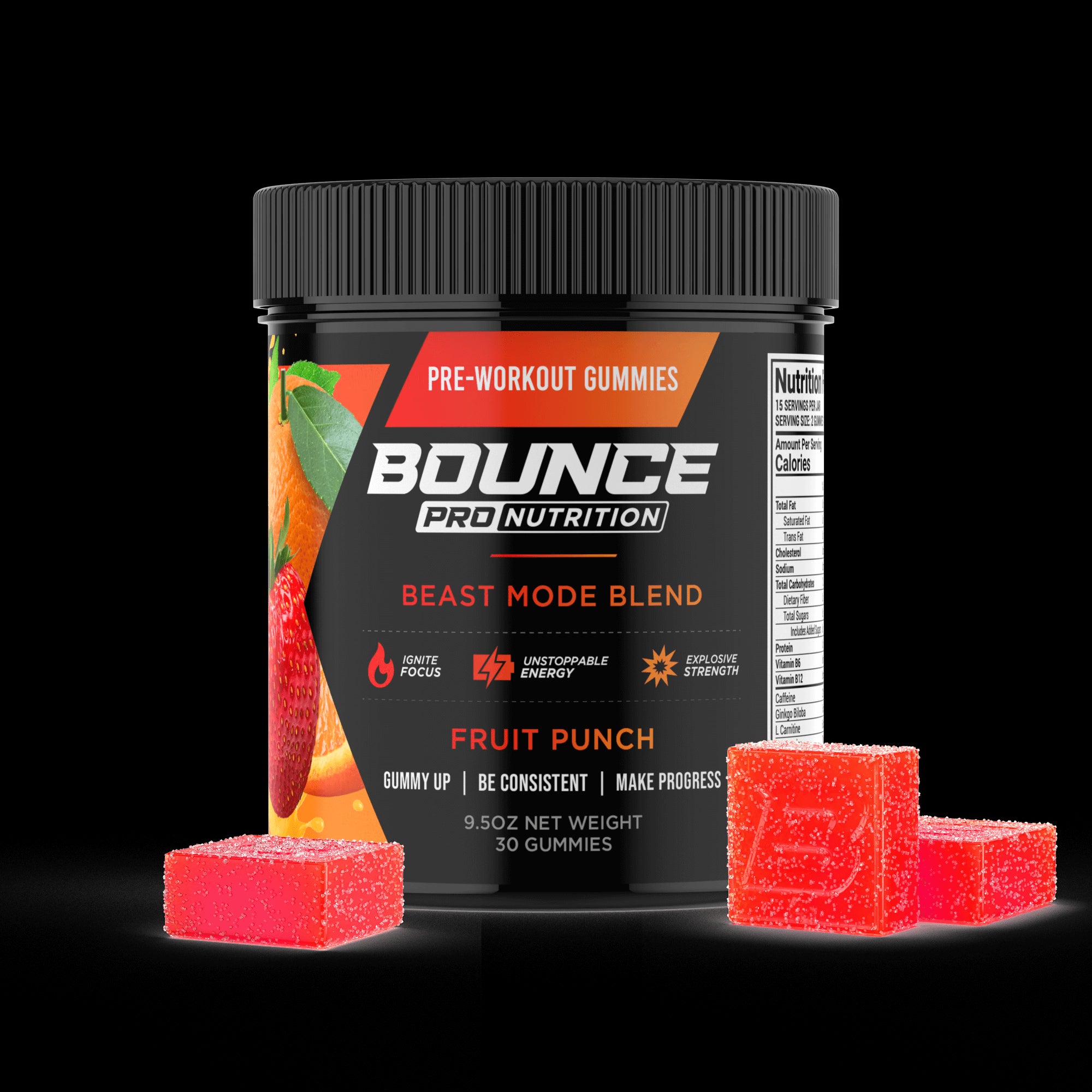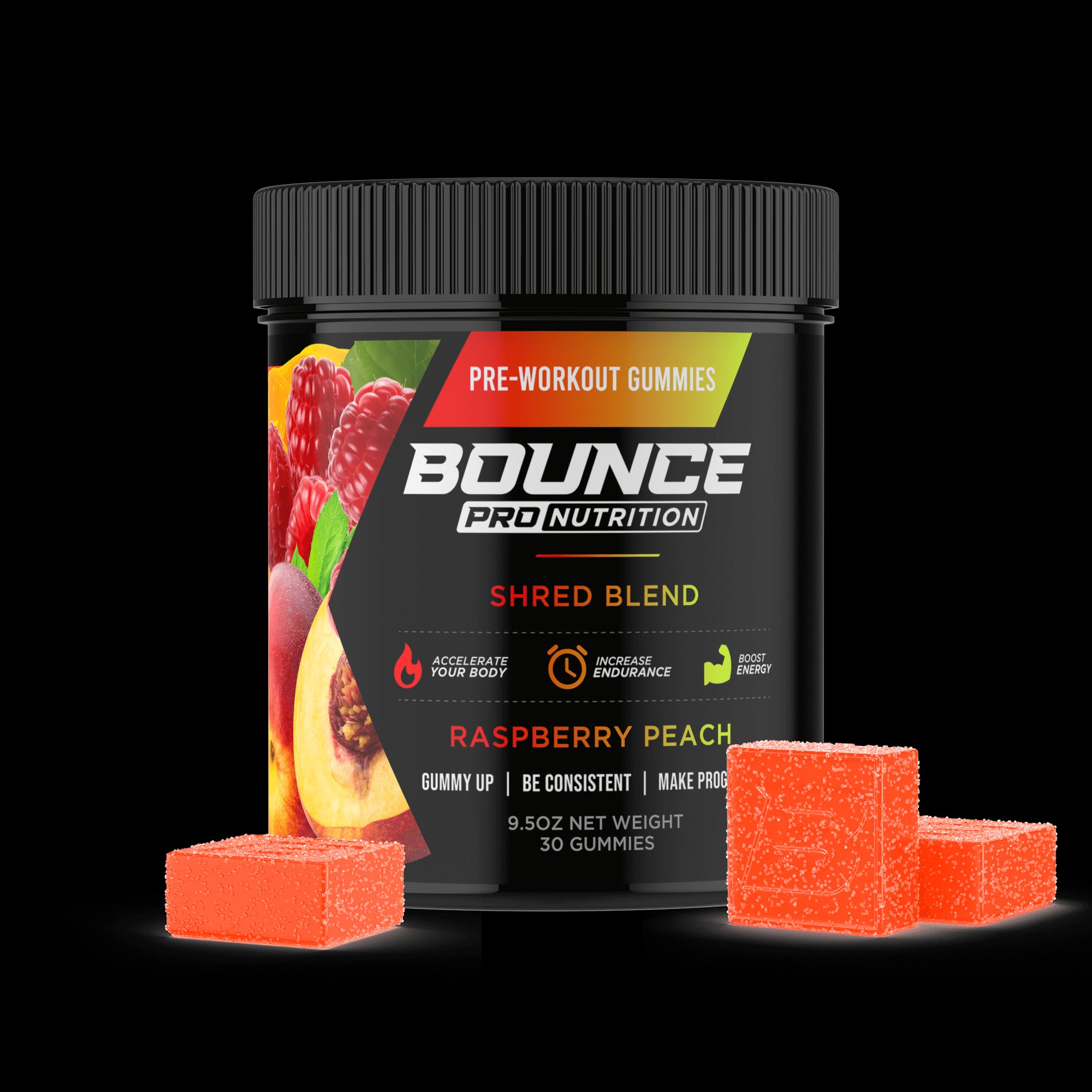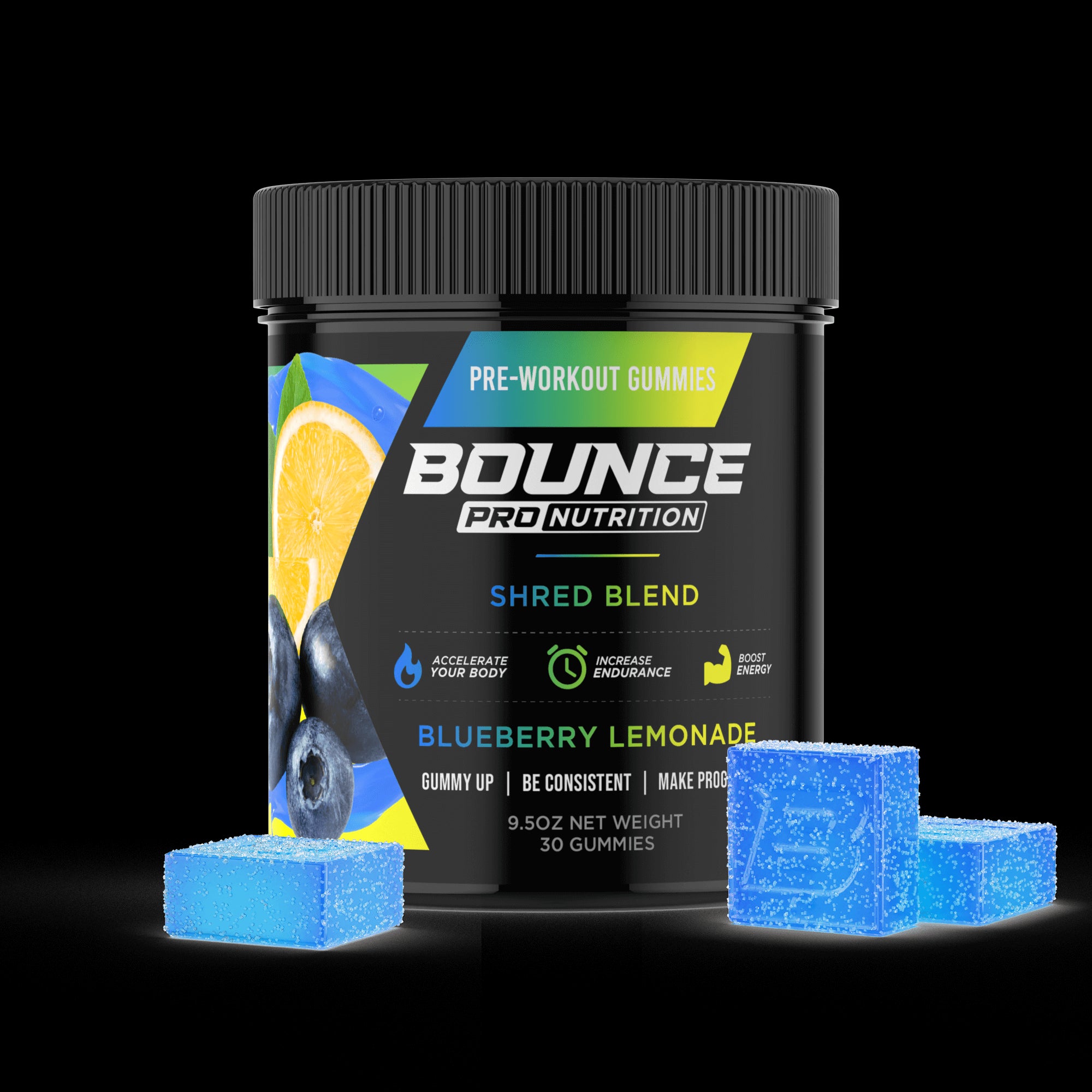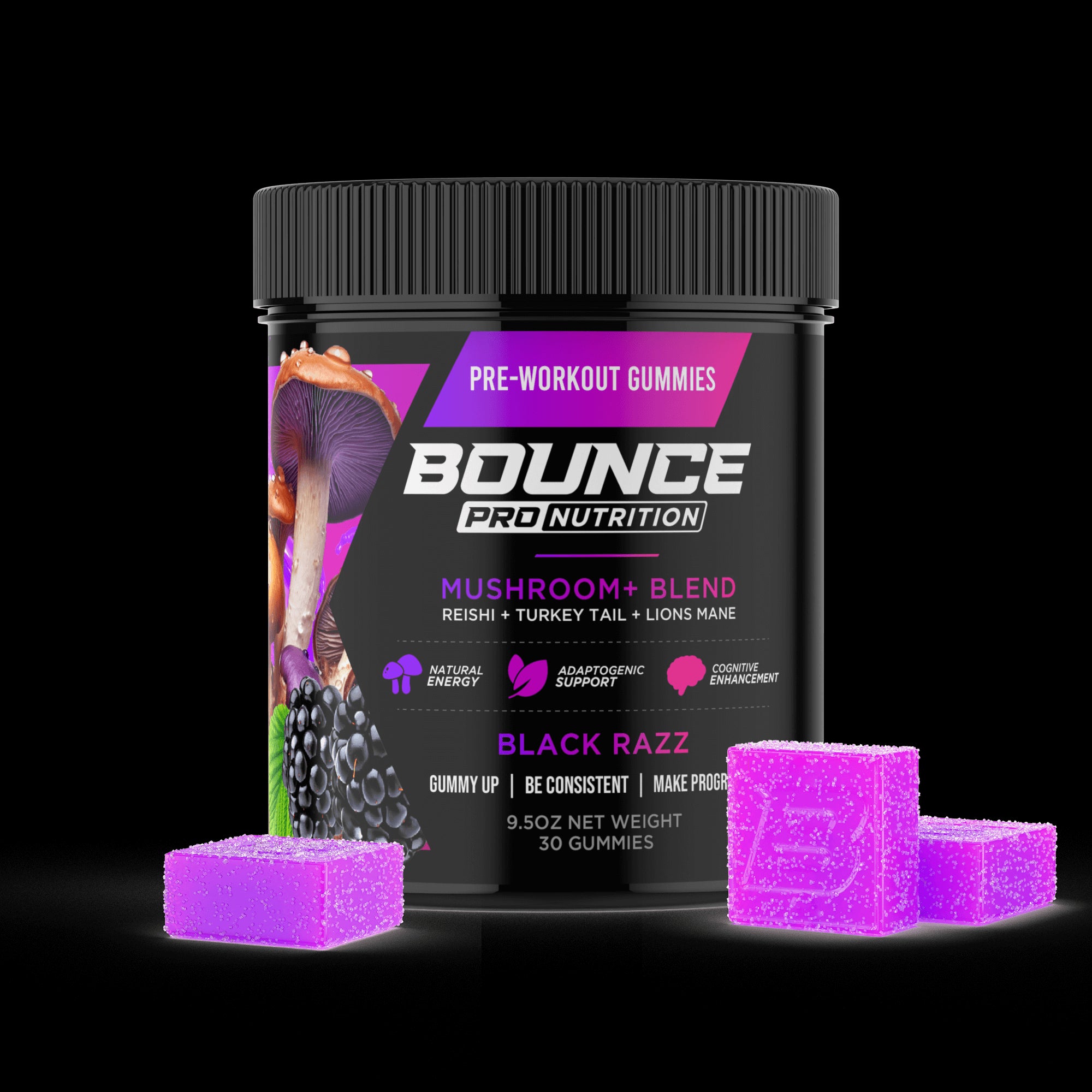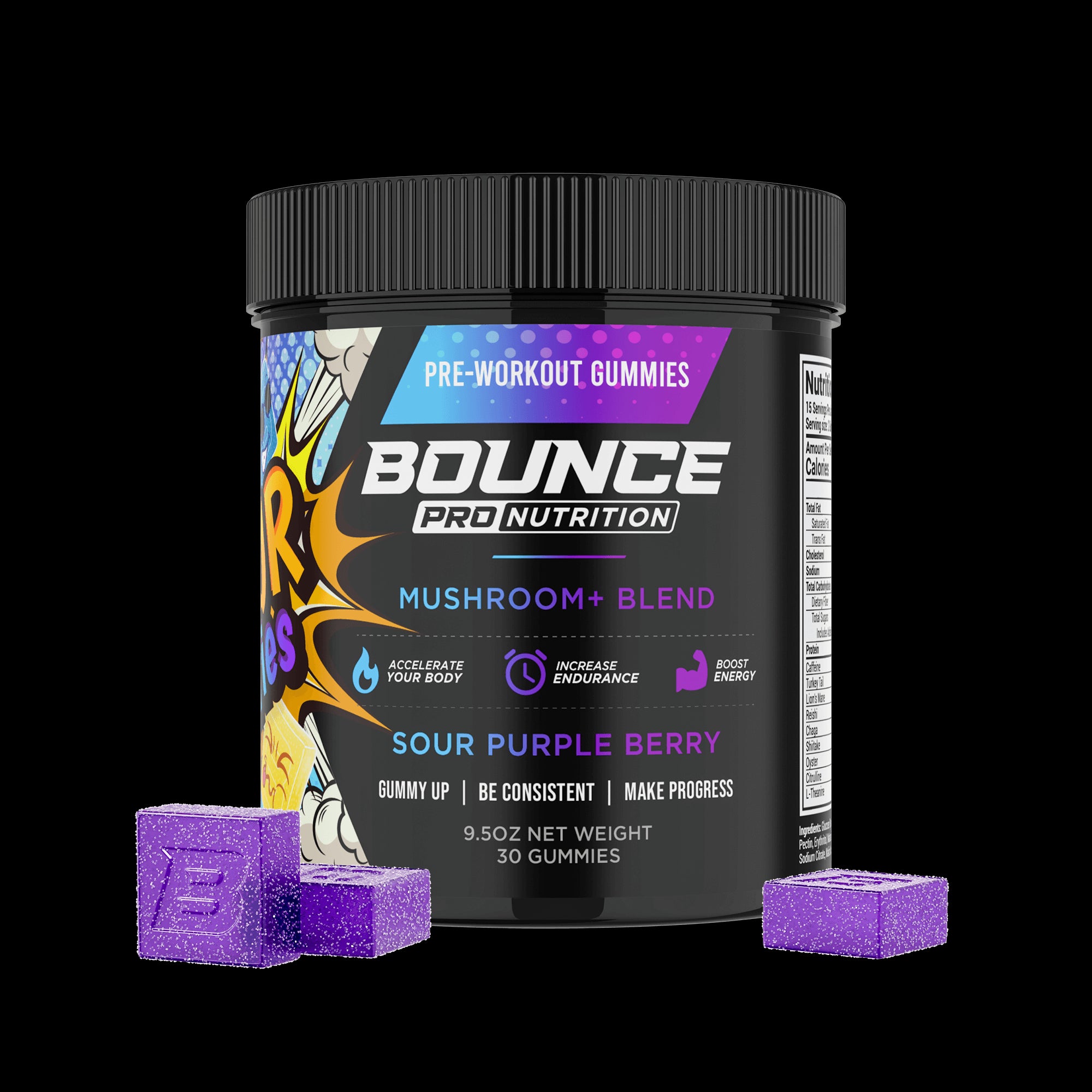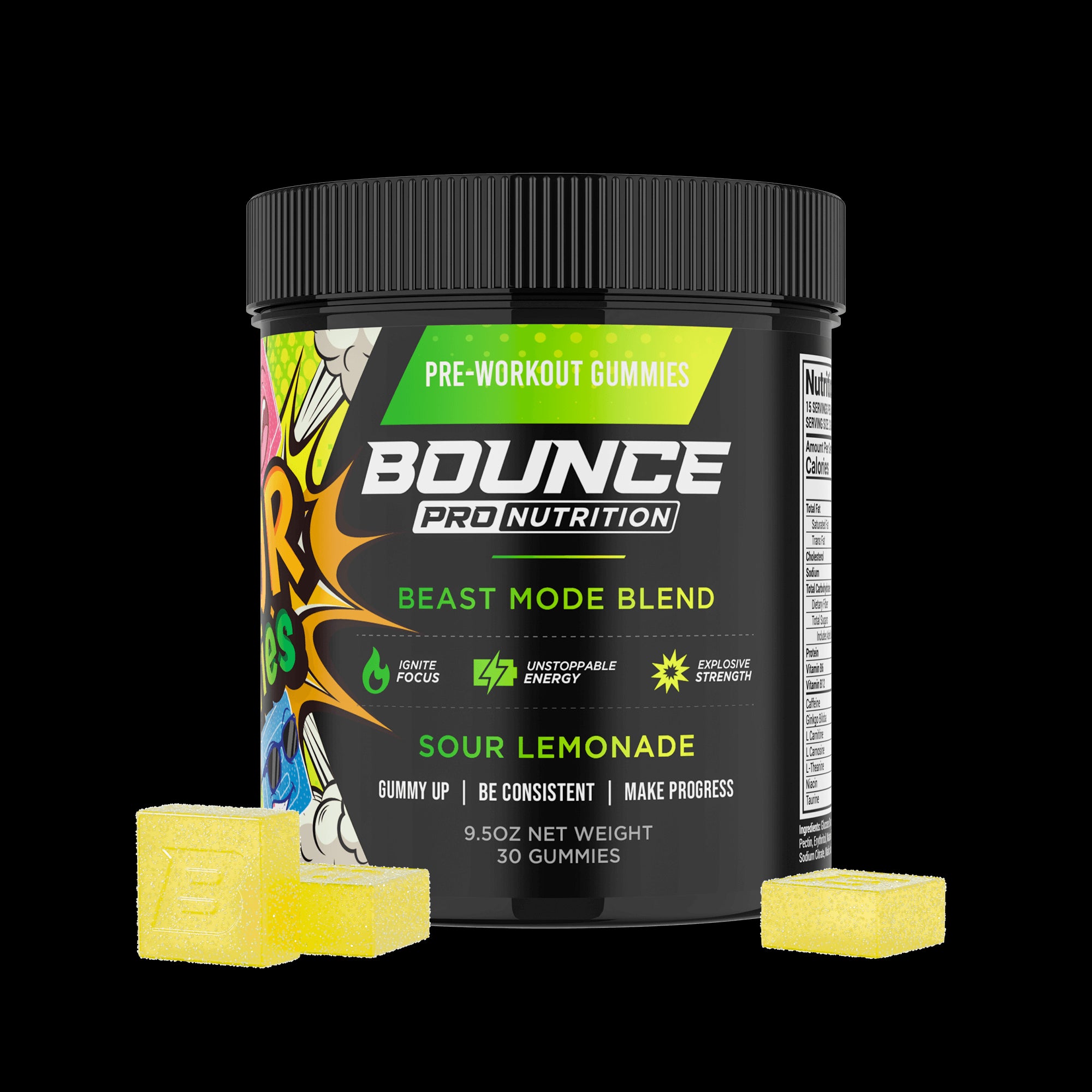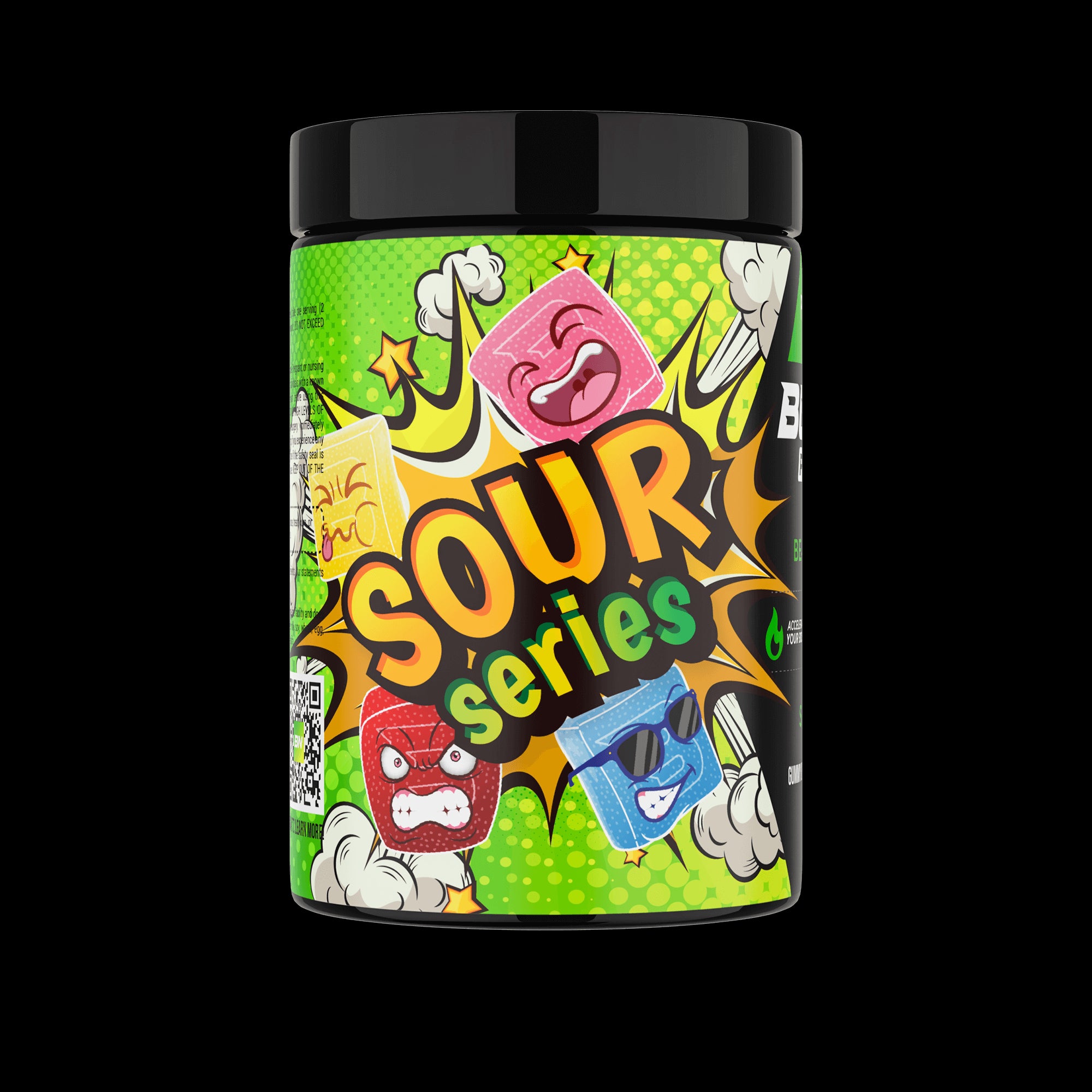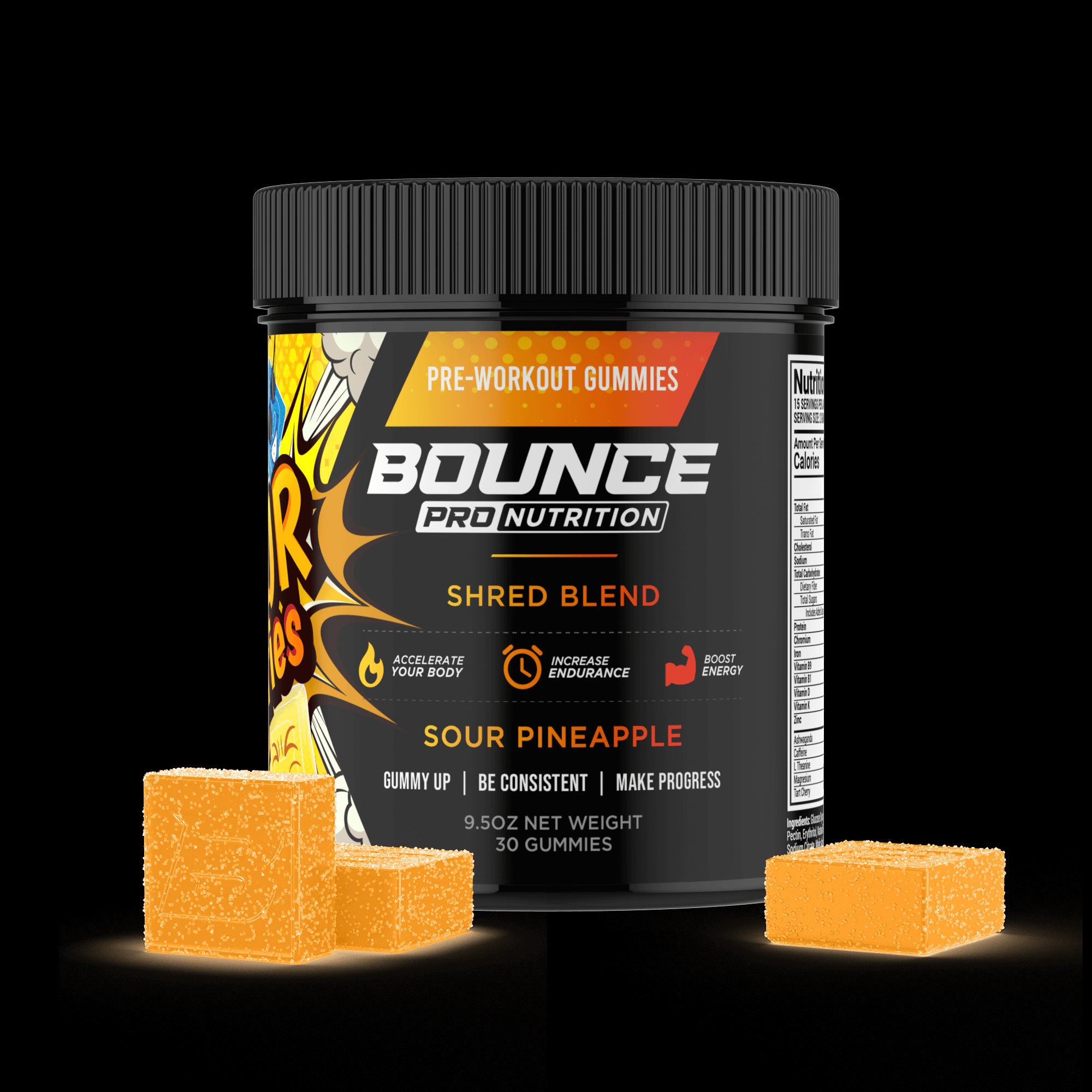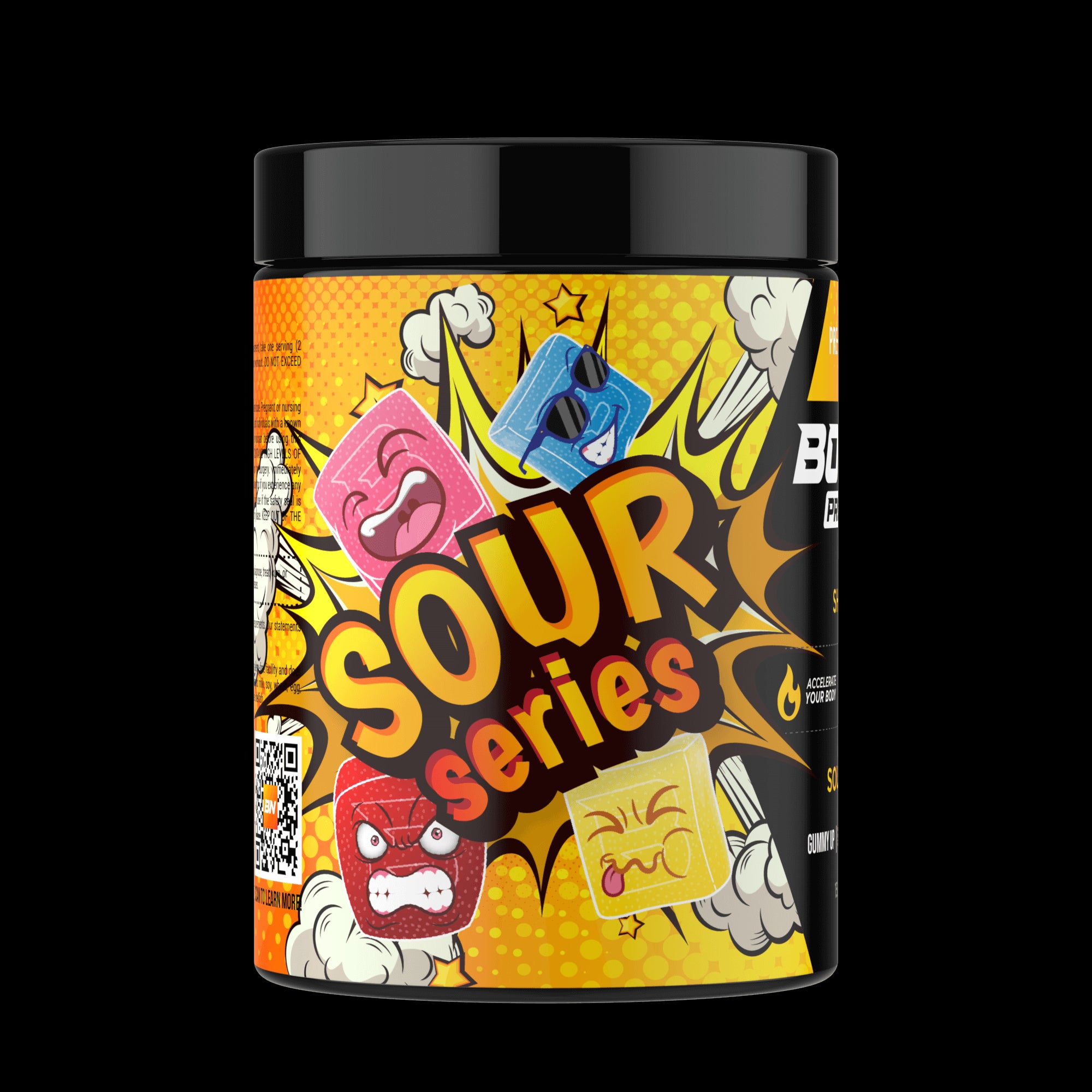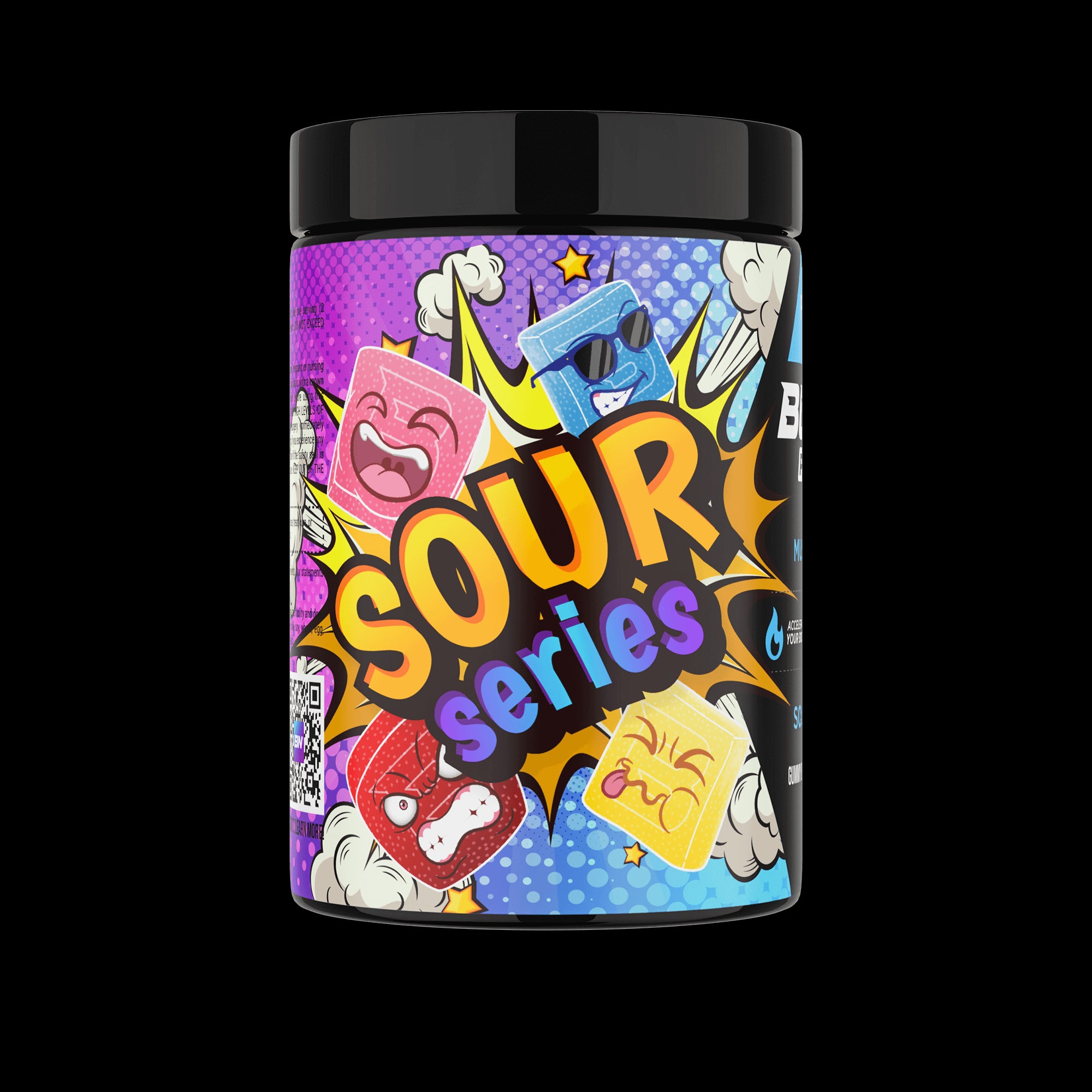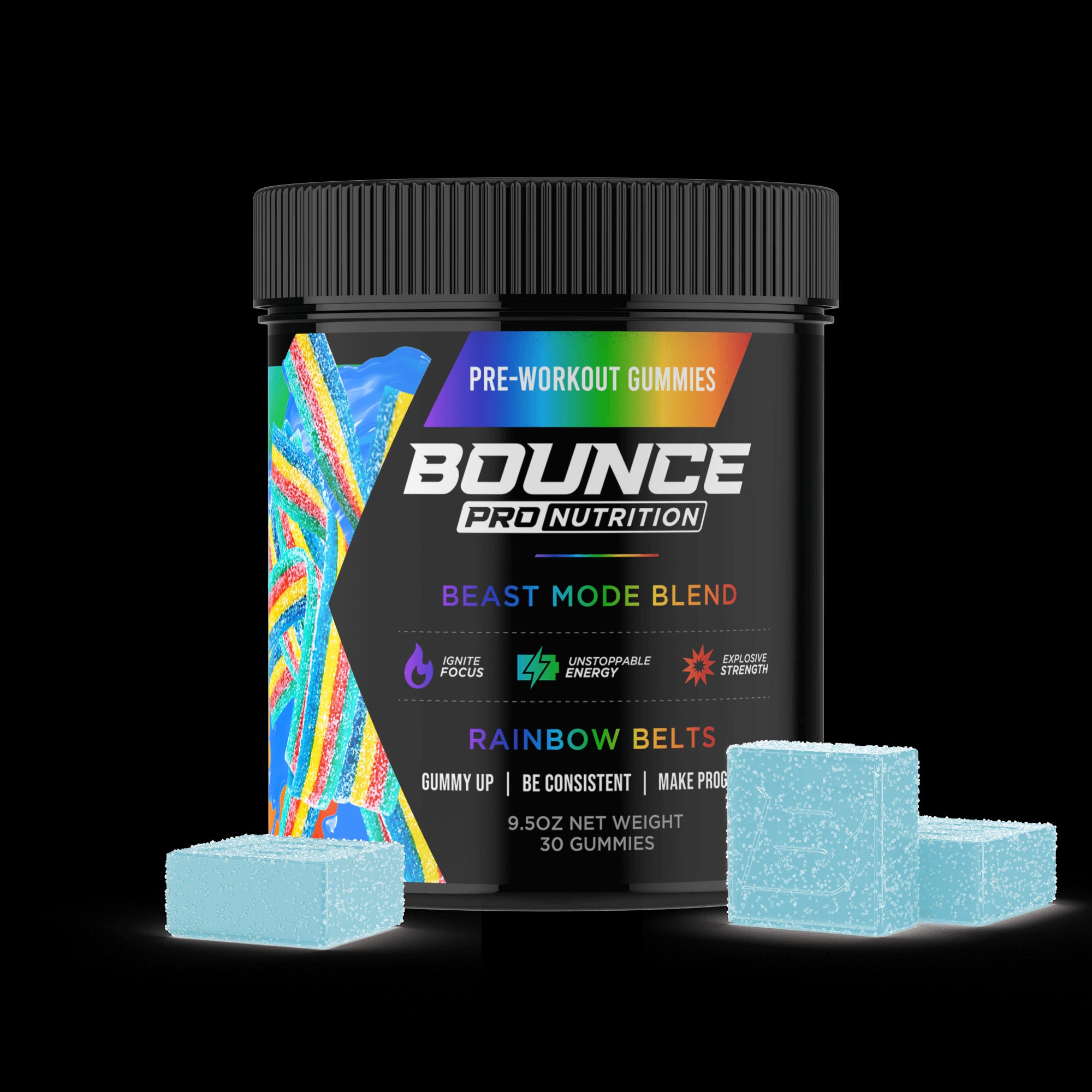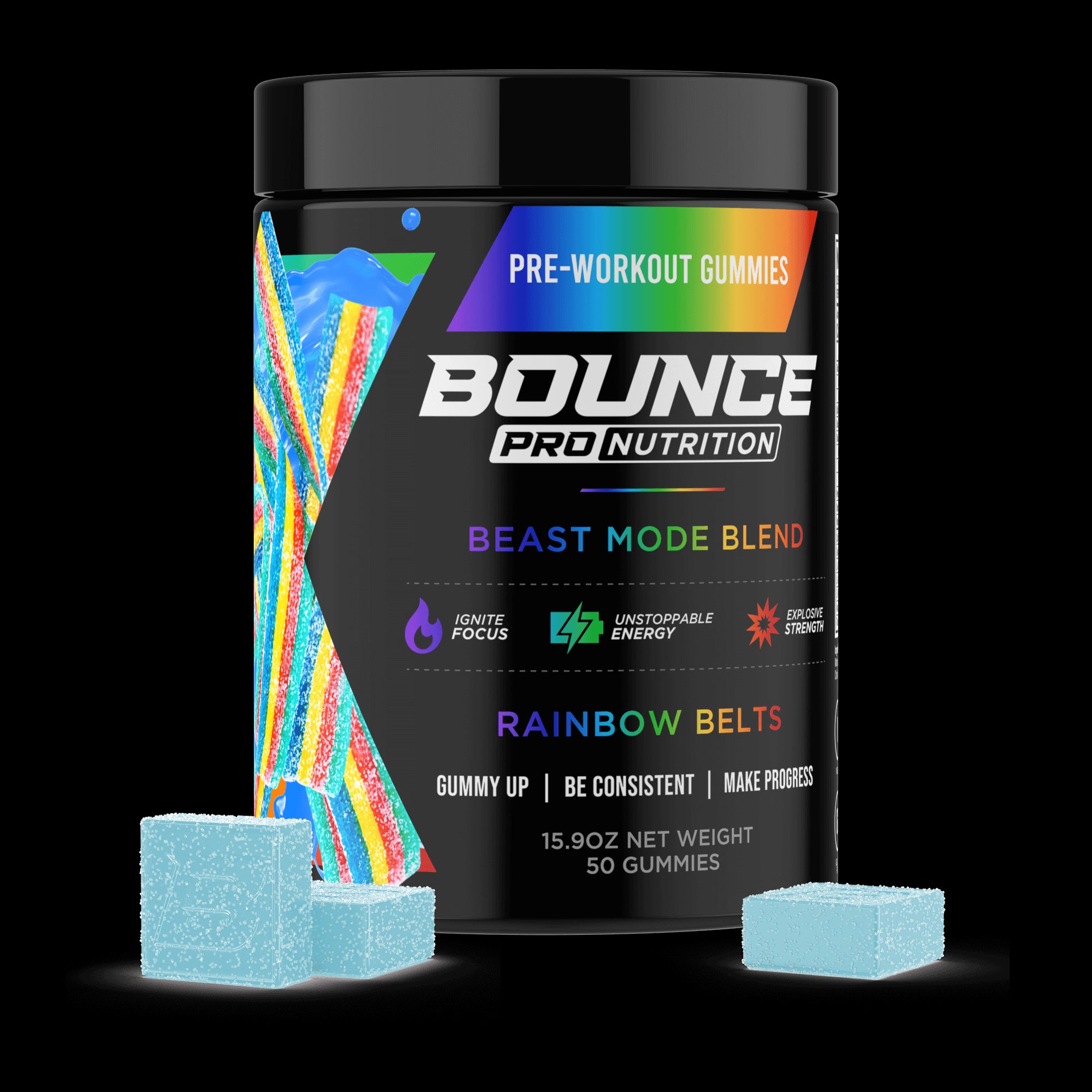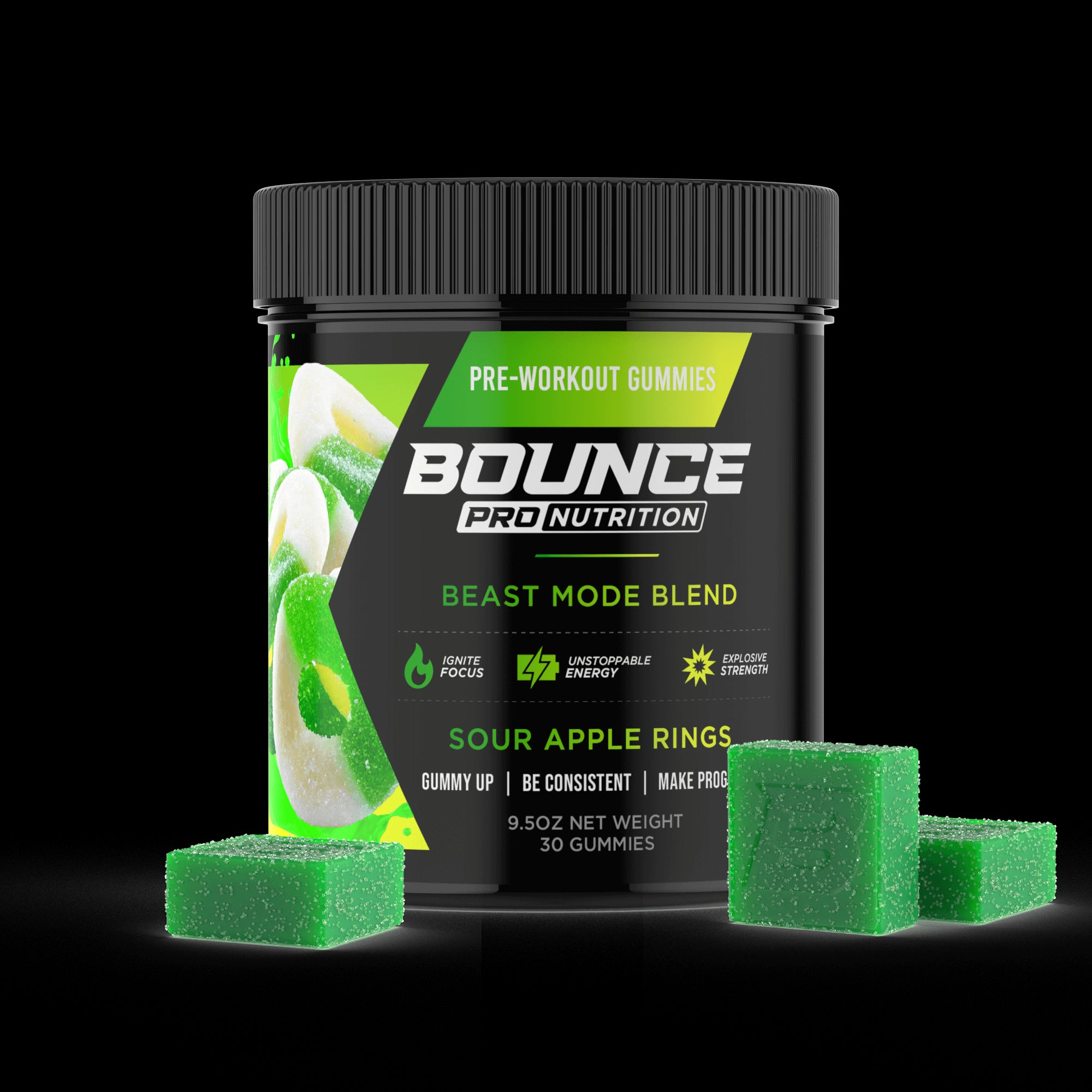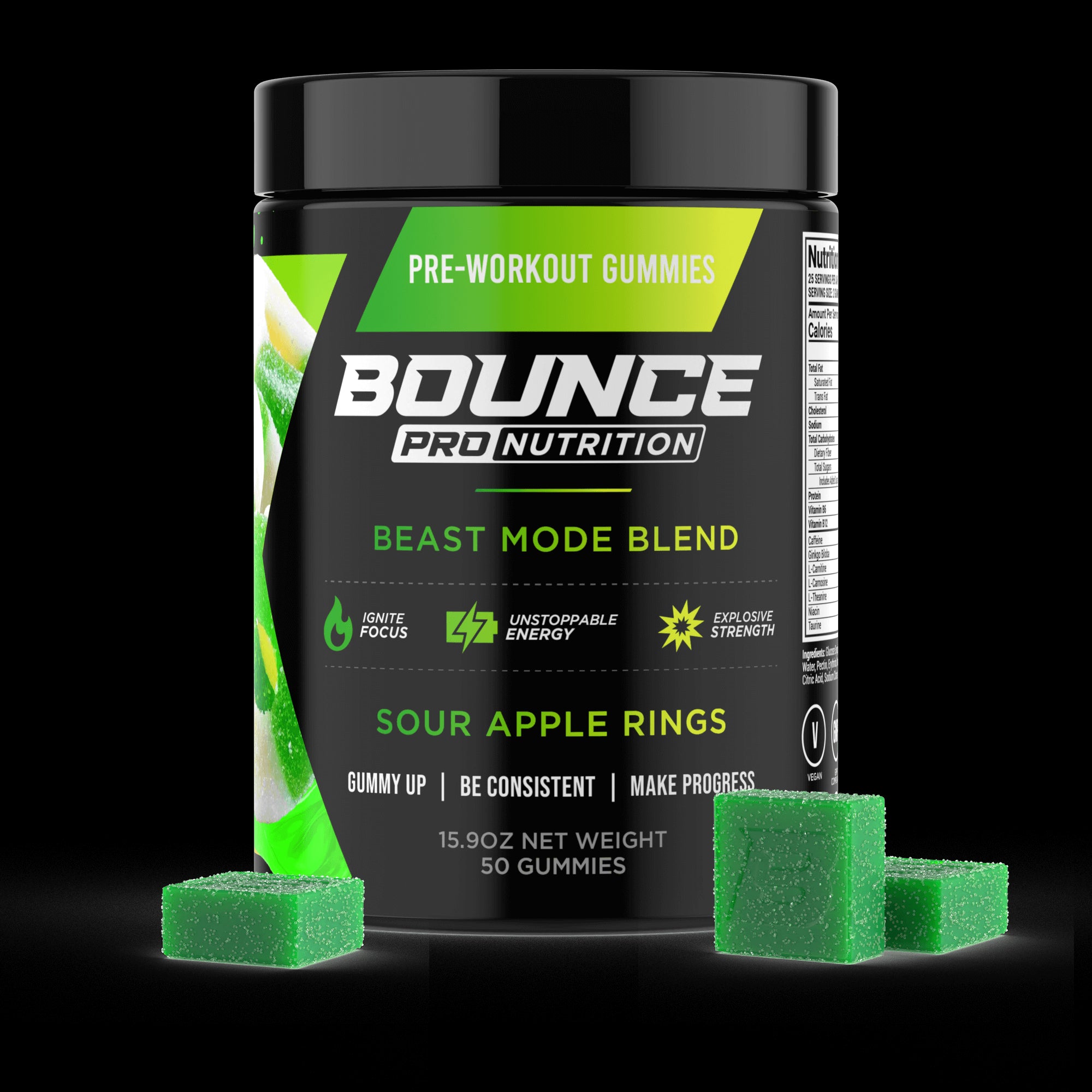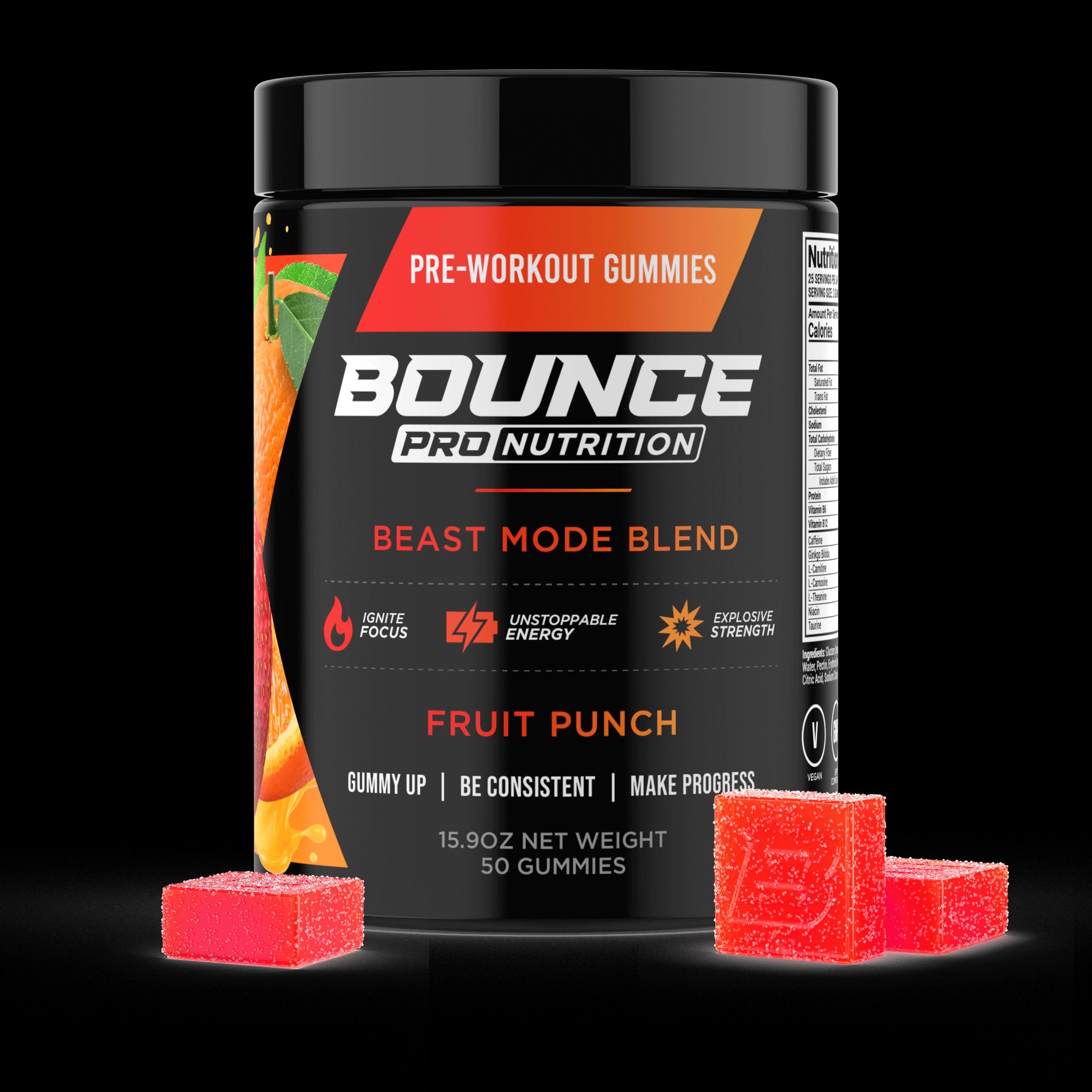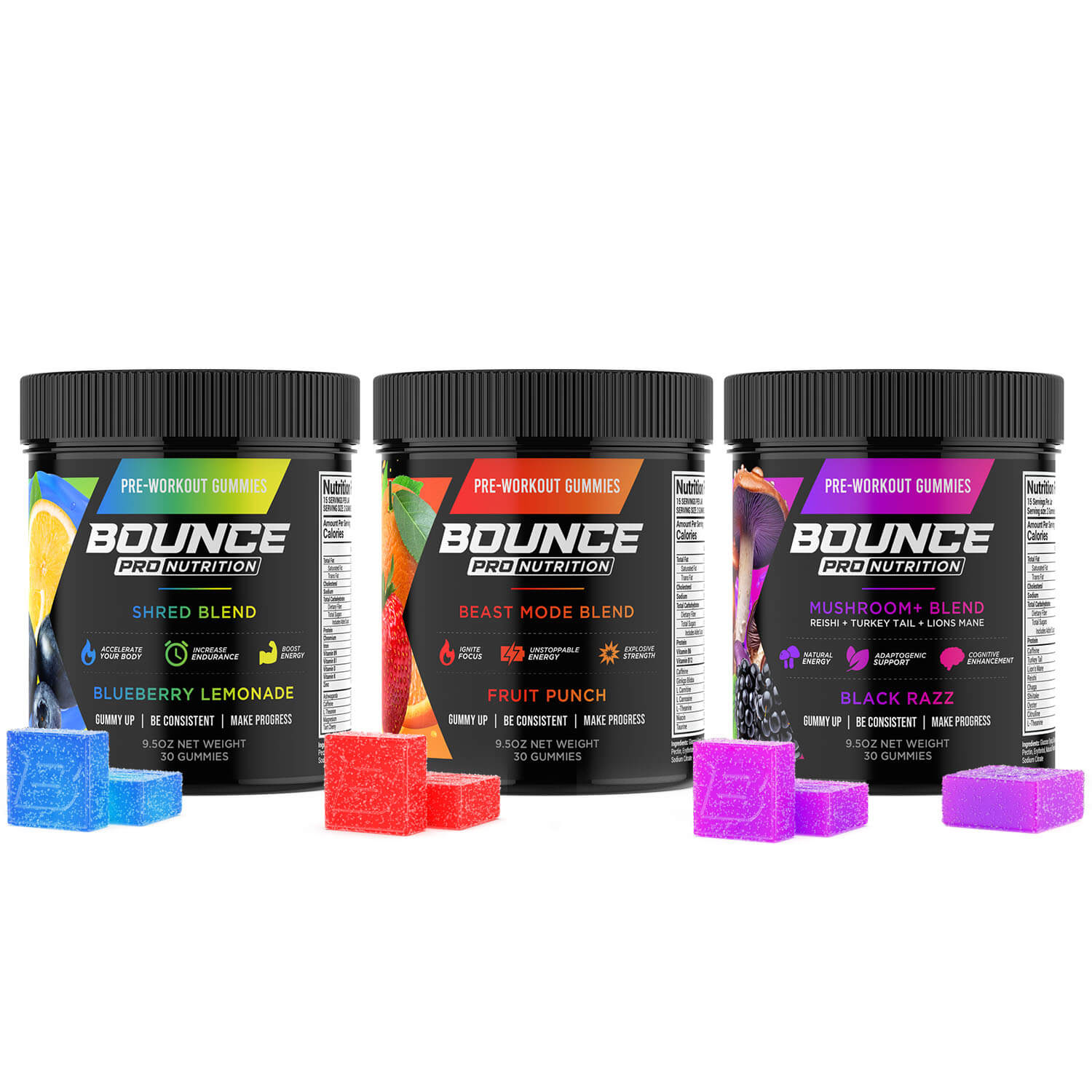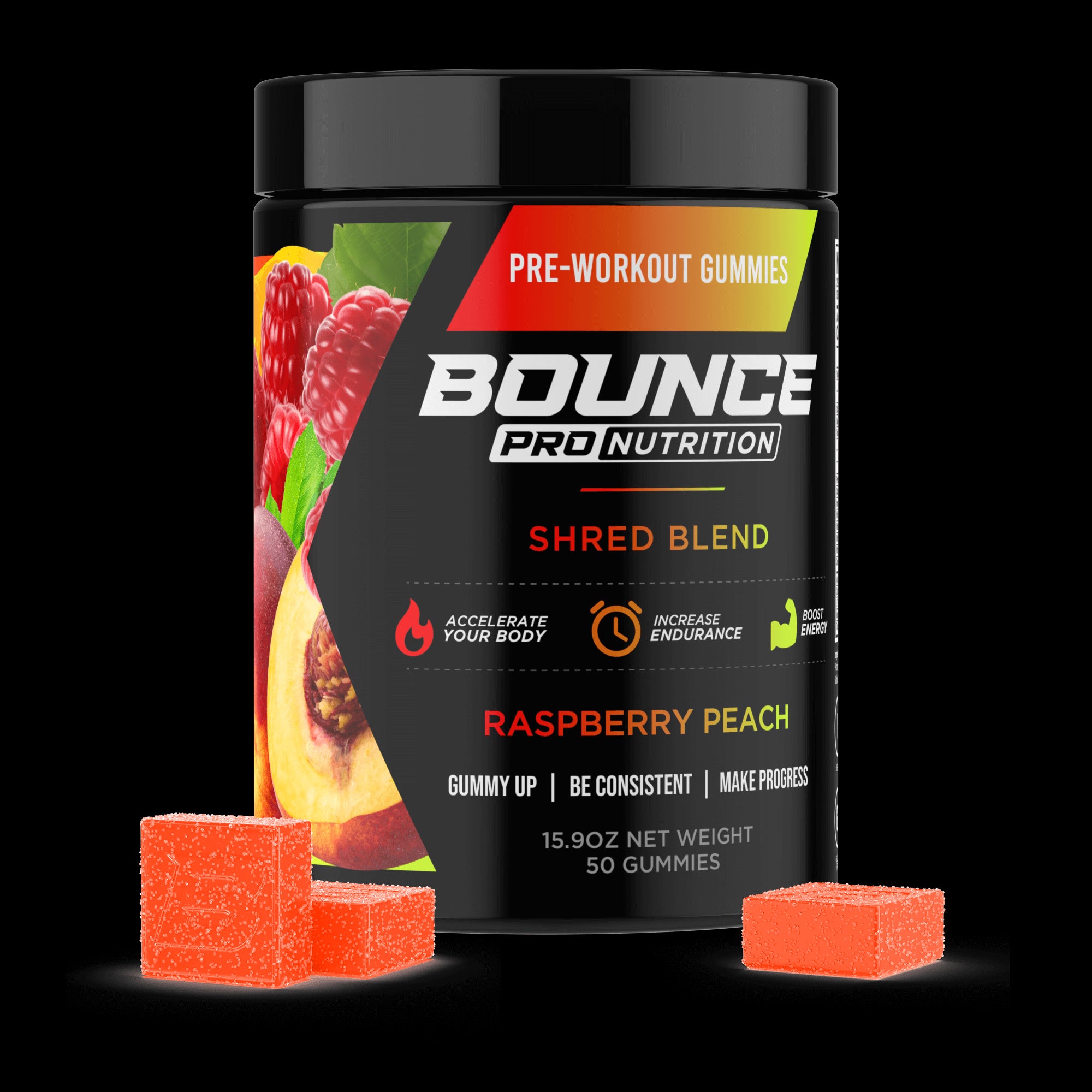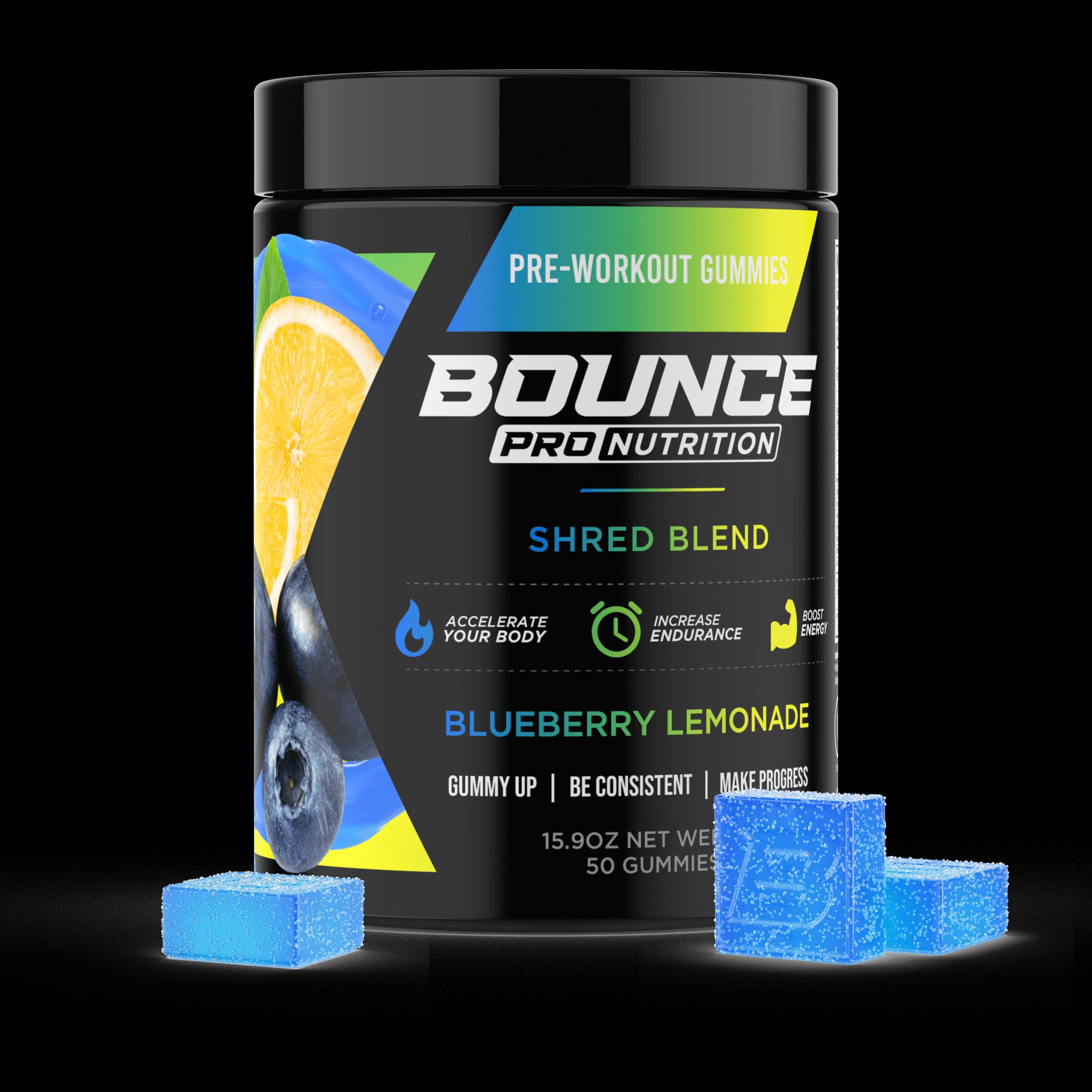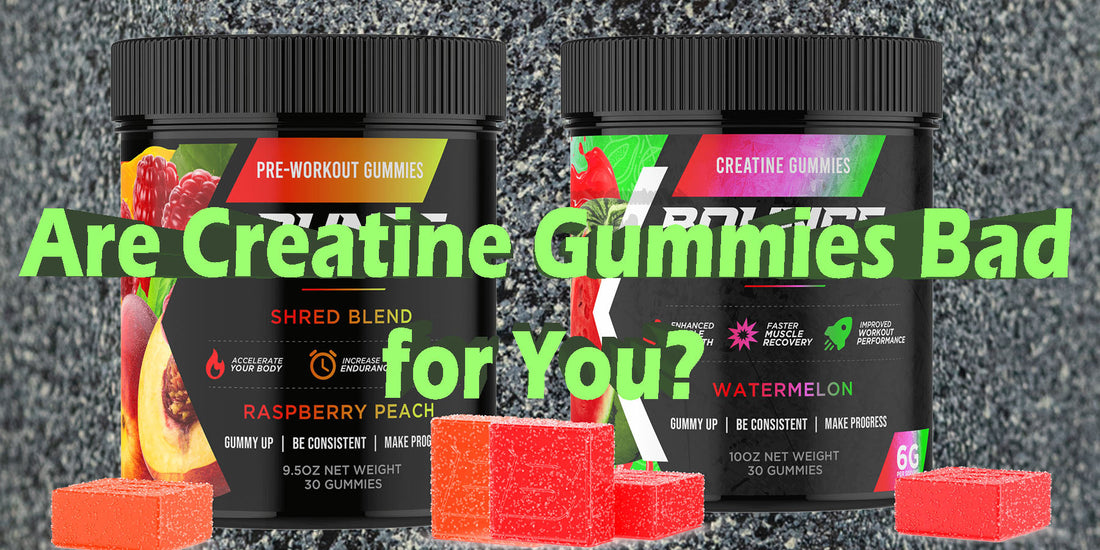For decades, creatine has stood as a titan in the world of athletic supplements, a compound synonymous with serious training, gritty determination, and the shaker bottle ritual. Its reputation was forged on pure, no-frills efficacy—a trusted tool for dedicated individuals seeking a genuine edge in their performance. Now, that same scientifically-lauded ingredient has undergone a radical transformation, appearing in a simple, chewable creatine gummy format that promises all of the benefits with none of the traditional hassle.
This stark evolution from a utilitarian powder to an effortlessly convenient edible prompts a critical question for any discerning consumer. In the quest to make this powerful supplement more palatable and accessible, has anything essential been compromised along the way? You see, determining if this modern form maintains the integrity of the original requires a transparent look under the hood. It demands an honest investigation into the ingredients, quality, and safety of creatine gummies to truly understand if they are a worthy successor or a questionable compromise.
TO BUY CREATINE GUMMIES CLICK HERE
Everything You Need to Know About Creatine Gummies
Creatine gummies represent a significant and user-friendly innovation in the sports nutrition industry, fundamentally changing how individuals consume one of the most effective performance supplements on the market. They function by taking creatine, most often the highly researched creatine monohydrate, and encapsulating it into a convenient, palatable, chewable format. This novel approach completely eliminates the common hassles of its powdered predecessor—there is no need for mixing, shaking, measuring, or dealing with potential grittiness.
The appeal is rooted not just in this profound simplicity but also in their candy-like nature, which transforms taking a daily supplement from a mundane task into a quick and enjoyable moment. This evolution from a functional powder to a solid, portable edible marks a user-centric shift in product design, prioritizing ease of use without compromising the ingredient's intended benefits.
The history of the creatine gummy is a very recent but impactful story built upon the foundation of two larger market trends. While creatine powder exploded in popularity within athletic circles in the 90s, it existed almost exclusively in that single format for the better part of three decades. In the 2010s, the broader vitamin and supplement industry underwent a "gummification" revolution, turning everything from multivitamins to specialty nutrients like apple cider vinegar into chewable forms that consumers loved.
Visionary brands in the sports nutrition space saw this as the perfect solution to common user complaints about creatine powder, leading to the development of the first creatine gummies. This new format was designed to appeal to a new generation of fitness enthusiasts who value both proven performance and an exceptional user experience.
The creation of creatine gummies is a sophisticated process that blends pharmaceutical-grade manufacturing techniques with the science of confectionery. It is a multi-step procedure meticulously designed to ensure that the active creatine ingredient is evenly distributed, remains stable, and maintains its full potency within the final gummy product. The ultimate goal is to craft a supplement that’s not only biologically effective but also has a consistent and enjoyable taste and texture. So, here’s how they’re typically made:
-
Ingredient Weighing and Blending: The process begins with the precise measurement of the active ingredient, creatine monohydrate or another form, and any other active components like vitamins or electrolytes. These are then carefully blended with the other components of the gummy base, including sweeteners like corn syrup or sugar, a gelling agent like gelatin or the vegan alternative pectin, water, and specific flavor and color systems. This initial blending is critical for ensuring a perfectly homogenous mixture.
-
Cooking the Slurry: This blended mixture, now referred to as a "slurry," is gently heated in a large, specialized cooker. This step is essential for completely dissolving all the solid ingredients, activating the gelling agent, and achieving the exact consistency required for the perfect gummy texture. The temperature and cooking duration are tightly controlled to prevent any potential degradation of the creatine.
-
Depositing into Molds: Once the slurry has reached the optimal temperature and viscosity, it is transferred to a machine called a depositor. This equipment precisely injects the warm liquid into vast trays of food-grade starch that has been imprinted with the desired gummy shape. The starch mold prevents the creatine gummies from sticking and plays a key role in drawing moisture out as they begin to set.
-
Setting and Curing: The filled molds are then carefully moved into a climate-controlled room for curing. Here they will rest for 24 to 48 hours. During this crucial resting period, they cool down and set as the gelling agent solidifies and excess moisture evaporates, ultimately creating their characteristic chewy texture.
-
Demolding and Finishing: After the curing process is complete, the set gummies are firm enough to be separated from their starch molds, often in a large tumbling drum. The starch is sieved out and recycled. The gummies are then lightly coated, often with carnauba wax or a light oil, to prevent them from sticking together in the final packaging and to give them an appealing gloss.
-
Quality Control and Packaging: Before being bottled, the finished creatine gummies undergo a series of rigorous quality control tests. These laboratory analyses verify that the potency is accurate, that the product is pure, and that it is free from any contaminants. Once they pass inspection, they are packaged in airtight bottles or resealable pouches, sealed for freshness and safety, and prepared for distribution.
While most creatine gummies might look similar, their active ingredients can differ, offering consumers choices based on scientific research and marketing claims. The vast majority of products are built around the most trusted form, but variations exist that cater to different preferences and digestive sensitivities. Understanding these types is key to selecting a product that aligns with your personal needs and supplementation philosophy. Here are the main types of creatine gummies you are likely to encounter:
-
Creatine Monohydrate Gummies: This is by far the most common and popular type, and for good reason. Creatine monohydrate is the form of creatine that has been used in the overwhelming majority of scientific studies and has been consistently proven to be both safe and effective for increasing muscle stores, strength, and performance. These gummies deliver the gold standard of creatine in the most convenient format.
-
Creatine HCl (Hydrochloride) Gummies: This type features creatine that has been bonded with a hydrochloride molecule. The primary claim behind Creatine HCl is that this process increases its solubility in water and its overall acidity, which may lead to enhanced absorption and a lower required dose. Some users who experience minor digestive upset with monohydrate may prefer HCl gummies for their purported ease of digestion.
-
Buffered Creatine Gummies: Buffered creatine, often marketed under the brand name Kre-Alkalyn®, is creatine monohydrate that has been mixed with an alkaline powder (like baking soda) to raise its pH level. The theory is that this higher pH protects the creatine from being broken down into its waste product, creatinine, by stomach acid, thus leading to better absorption. These gummies appeal to those who believe this buffering process enhances the stability and effectiveness of the creatine molecule.
Now, the effects of creatine gummies are a direct result of the creatine molecule they deliver to your body. It is important to remember that, unlike pre-workout gummies, creatine gummies do not contain stimulants and therefore do not provide an immediate "kick" or energy rush. Instead, their benefits are cumulative and are realized after a period of consistent use. Creatine works by increasing the stores of phosphocreatine within your muscles, which is a rapidly available energy source. This enhanced reserve helps regenerate ATP (adenosine triphosphate) – the primary fuel for short, explosive movements. Over time, this can lead to improved strength, increased power output during lifts, the ability to perform more repetitions, and enhanced muscle growth when combined with resistance training.
Creatine gummies are primarily designed for the modern supplement user who values convenience, consistency, and a pleasant experience above all else. This includes a wide range of individuals, from dedicated athletes to casual gym-goers, who dislike the taste or gritty texture of traditional creatine powders. They are the perfect solution for the busy professional who needs a quick, no-mess option to take at their desk, or the frequent traveler who can easily pack a bottle of gummies instead of a bulky tub of powder.
Furthermore, the pre-portioned nature of each gummy removes any guesswork or need for scales, making them highly appealing to people who are new to creatine supplementation. They are an excellent choice for anyone looking to make their daily supplement routine as simple and enjoyable as possible.
How Much Quality Control Goes into Creating Creatine Gummies?
When you're considering the safety of any dietary supplement, the conversation must start with quality control. Reputable manufacturers of creatine gummies operate under stringent guidelines to ensure their products are not only effective but also safe for consumption. These processes are not merely suggestions; they are often mandated by regulatory bodies like the FDA under a framework known as Current Good Manufacturing Practices (cGMP).
These practices govern every single aspect of production, from the initial sourcing of raw materials to the final packaging of the finished product. The goal of this rigorous oversight is to guarantee the identity, purity, strength, and composition of the supplement, ensuring that what's on the label is exactly what's in the bottle, free from contaminants or undeclared substances.
To achieve this high level of quality and safety, a multi-layered approach to testing and verification is implemented throughout the manufacturing process. This commitment to quality is often further validated by voluntary third-party testing from independent organizations. Some of the critical quality control methods involved would be:
-
Raw Material Verification: Before any ingredient is allowed into the production facility, it is quarantined and tested. This testing confirms the identity of the raw material (ensuring creatine monohydrate is actually creatine monohydrate) and tests for its purity and potency. It also includes screening for potential contaminants such as heavy metals (like lead and arsenic), microbes (like E. coli and Salmonella), and other impurities from the synthesis process.
-
In-Process Testing: During the manufacturing process itself, multiple checks are performed. For gummies, this can include monitoring the temperature and viscosity of the slurry to ensure consistency and prevent ingredient degradation. Samples may be pulled at various stages to ensure that the active ingredients are being evenly distributed throughout the batch, so every gummy has the correct dose.
-
Finished Product Analysis: Once the creatine gummies are produced, a final round of comprehensive testing is conducted on the finished batch. This is arguably the most critical step. It verifies that the final product meets all specifications for potency, meaning each gummy contains the amount of active ingredients claimed on the label. It also re-confirms that the product is free from any contaminants that could have been introduced during production.
-
Third-Party Certification: To provide an extra layer of assurance to consumers, many top-tier brands voluntarily send their finished products to independent, third-party labs for testing. Organizations like NSF International or Informed-Sport test the products to verify that they are free from banned substances for athletes and that they accurately reflect what is on the label. Seeing a third-party certification seal on a product is a strong indicator of a brand's commitment to quality and transparency.
-
Stability Testing: Reputable manufacturers also conduct stability testing on their products. This involves keeping samples of the gummies in controlled environments that simulate various conditions (heat, light, humidity) over time. This testing ensures that the creatine gummies maintain their potency and quality all the way through their listed expiration date, so you get what you pay for.
Still Concerned About Side Effects? An Honest Breakdown of the Ingredients in Most Creatine Gummies and How Safe They Are
Even with the most stringent quality control, the question of safety ultimately comes down to the ingredients themselves and how your individual body reacts to them. The term "bad for you" is not a simple yes or no answer; it's a spectrum that depends on the specific compound, the dosage, your personal health status, and how you use the product. The conversation around the safety of creatine gummies is really a conversation about understanding what you are putting into your body and respecting its powerful effects. It requires a transparent look at each component, moving beyond fear and into a space of informed decision-making.
So, what exactly defines a "side effect" when it comes to a creatine gummy? A side effect is generally considered any effect other than the one for which the product is intended. For creatine, one of the most studied supplements on earth, serious side effects are very rare in healthy individuals. The most commonly reported issues are minor digestive upset or a feeling of bloating, which often occur when someone first starts taking creatine, especially if they are doing a high-dose "loading phase". These effects are typically temporary and can often be mitigated by ensuring adequate water intake or by simply starting with a lower daily maintenance dose instead of loading.
In this context, an "ingredient" in a creatine gummy falls into one of two categories: the "active" ingredient and the "inactive" ingredients. The active ingredient is creatine itself, the compound responsible for the performance-enhancing effects. The inactive ingredients, also known as excipients, are everything else used to create the gummy—the sweeteners, the gelling agents, the flavors, and the colors. The key to safely using creatine gummies is to understand the role of both the active and inactive components and to consider how they fit into your overall diet and health plan.
To help you make an informed decision, here is a detailed and honest breakdown of some of the most common ingredients found in creatine gummies, along with a general overview of their purpose and safety profile when used as directed by healthy adults.
|
Ingredient |
Common Purpose |
General Safety Profile & Things to Note |
|
Creatine Monohydrate |
Active Ingredient for Strength & Power |
The most researched sports supplement on the planet. It is considered extremely safe for long-term use in healthy individuals. Its purpose is to increase phosphocreatine stores in muscles to support energy production. |
|
Creatine HCl |
Active Ingredient (Alternative Form) |
Claimed to be more soluble than monohydrate. It is also considered safe, though it lacks the extensive long-term research of monohydrate. Some users may find it easier on their stomach. |
|
Sodium |
Electrolyte / Nutrient Transport |
Often included in small amounts. It plays a key role in hydration and nerve function and can help with the transport of creatine into muscle cells. It is perfectly safe and beneficial. |
|
Vitamin B12 |
Energy Metabolism |
A crucial vitamin for converting food into usable energy. It is water-soluble, so any excess is typically excreted. It is extremely safe and is often added for synergistic energy support. |
|
Sugar (Sucrose, Glucose Syrup) |
Sweetener, Gummy Structure, Carbs |
Used for taste and to form the gummy's texture. In the context of creatine, consuming it with simple carbs may enhance its uptake by muscles due to an insulin response. The main concern is not toxicity, but how the added sugar fits into your total daily dietary intake. |
|
Sugar Alcohols (Sorbitol, Maltitol) |
Sugar-Free Sweetener |
Used in "sugar-free" gummy formulations. They provide sweetness with fewer calories because they are not fully digested. In some people, especially at higher doses, this can lead to digestive side effects like gas, bloating, or a laxative effect. |
|
Gelatin |
Gelling Agent / Structure (Animal-Based) |
A protein derived from animal collagen that gives gummies their classic chewy texture. It is a common food ingredient and is perfectly safe for those without dietary restrictions against animal products. |
|
Pectin |
Gelling Agent / Structure (Plant-Based) |
A soluble fiber derived from fruits that is used as the gelling agent in vegan and vegetarian gummies. It is a very common and safe food ingredient. |
|
Citric Acid |
Flavoring (Sourness), Preservative |
A common food additive used to provide a tart, sour flavor and to act as a mild preservative. It is naturally found in citrus fruits and is considered very safe. |
|
Natural & Artificial Flavors |
Taste |
These are complex compounds developed by flavorists to give the gummy its specific taste (e.g., fruit punch, blue raspberry). They are used in tiny amounts and are regulated for safety by food authorities. |
|
Natural & Artificial Colors |
Appearance |
Used to give the gummy its vibrant color. These are also used in very small amounts and must be approved by regulatory bodies like the FDA for use in food products. |
|
Carnauba Wax |
Coating Agent |
A plant-based wax used to give gummies a glossy finish and to prevent them from sticking together in the bottle. It is a common and safe food-grade coating. |
What Else Can Influence if Creatine Gummies are Safe or Bad?
The safety of a creatine gummy is not determined by its ingredient panel alone. The true answer to whether a product is "safe" or "bad" is a dynamic interplay between the product itself and the person using it. It involves a high degree of personal responsibility, self-awareness, and an understanding of one's own unique physiology. Factors ranging from your health history and daily habits to your adherence to the product's instructions can all dramatically influence the outcome of your experience. Thinking that a supplement exists in a vacuum, separate from your own choices, is a common but critical mistake.
Those Other Things That Can Influence if Creatine Gummies are Safe to Take
A creatine gummy can be a perfectly safe and effective tool when used intelligently and responsibly. In fact, there are several key practices which can help ensure your experience and routine is both positive and beneficial:
-
Consult a Healthcare Professional: Before introducing any new supplement into your regimen, the most crucial first step is to have a conversation with your doctor or a registered dietitian. They possess a comprehensive understanding of your personal health history and can identify any potential contraindications with medications you may be taking or underlying conditions you may have, particularly related to kidney function. This consultation isn't about seeking permission but about conducting a collaborative risk assessment with a professional who knows your body's specific context. It ensures your fitness journey actively supports your overall health rather than unknowingly undermining it, providing a personalized safety net before you even purchase a product.
-
Honestly Assess Your Personal Health Status: It is incredibly important to be honest with yourself about your current health and lifestyle before starting a new supplement. Creatine is studied in healthy populations, so it's wise to ensure you have a solid foundation of health before adding new variables. This includes being aware of any digestive sensitivities you may have, as the inactive ingredients like sugar alcohols could be a factor for you. This self-awareness allows you to anticipate potential issues and make smarter choices from the outset. It's about meeting your body where it is today and supplementing responsibly based on that reality.
-
Choose Reputable, Third-Party Tested Brands: In an industry with varying levels of regulation, prioritizing your safety means consciously selecting brands that demonstrate a strong commitment to quality and transparency. Reputable companies will invest in having their products tested by independent, third-party organizations like NSF International or Informed-Sport. This certification acts as an unbiased seal of approval, verifying that the product actually contains the amount of creatine the label says it does and is free from harmful contaminants. This step is about more than just brand loyalty; it's an active measure to protect yourself from potential harm. By choosing a third-party tested product, you are placing your trust in a brand that holds itself accountable to the highest standards.
-
Select the Right Formula for Your Bod: Once you have identified trustworthy brands, the next step is to pick a formula that aligns perfectly with your body's needs. The creatine gummy market offers different forms like monohydrate and HCl. If you have a sensitive stomach, you might consider trying a Creatine HCl gummy, as some users report it causes less bloating for them due to its higher solubility. For most people, standard creatine monohydrate is the well-researched and effective choice. Making a conscious decision based on these options, rather than just grabbing the first bottle you see, is a key part of a safe supplementation strategy.
-
Always Start with a Lower Dose or Maintenance Dose: Many of the minor side effects associated with creatine, like bloating, are linked to the traditional high-dose "loading phase." A much safer and gentler approach is to skip the loading phase altogether and simply start with the recommended daily maintenance dose (typically 3-5 grams). This allows your body to gradually become saturated with creatine over a few weeks without the sudden osmotic shift that can cause digestive discomfort. It's a more patient but equally effective method that prioritizes comfort and adherence from day one, making for a much more positive initial experience.
-
Adhere Strictly to the Recommended Serving Size: The dosage instructions printed on the product label are the result of careful formulation by the manufacturer to provide an effective yet safe experience. The most common pitfall people encounter is treating creatine gummies like simple candy and consuming more than the recommended serving. It is critical to understand that taking excessive amounts of creatine is unnecessary, offers no additional benefit once muscles are saturated, and places a needless processing load on your kidneys. Respecting the recommended serving size is the most fundamental and non-negotiable rule of safe and responsible supplementation for long-term health.
-
Stay Well-Hydrated Throughout the Day: This is perhaps one of the most critical factors for using creatine safely and effectively. Creatine works by drawing more water into your muscle cells, a process known as cell volumization. To support this function and to avoid potential side effects like cramping or dehydration, you must make a conscious effort to drink plenty of water throughout the day. Adequate hydration ensures that there is enough fluid available for both your muscles and all your other essential bodily functions. Think of water as a crucial synergistic nutrient that allows creatine to do its job properly and safely.
-
Take Gummies with Food to Buffer Your Stomach: If you find that you have a particularly sensitive stomach, a simple and effective strategy is to take your creatine gummies with a meal or a small snack. Consuming the gummies with other food can help to buffer your digestive system, slowing down the absorption of the sugars and other ingredients. This can significantly reduce the risk of any potential stomach upset, bloating, or discomfort. It's a simple adjustment that can make a world of difference in your daily experience and improve your ability to consistently stick with the supplement.
-
Account for Sugars in Your Overall Diet: A key part of using creatine gummies safely is acknowledging that they are a dietary source of sugar and calories. While the amount in a single serving is usually modest, it's important to factor it into your total daily intake. For individuals who are managing their weight, following a low-carb diet like keto, or monitoring their blood sugar for health reasons, this is particularly important. Being mindful of this ensures that your supplement choice is working in harmony with your nutritional goals, not subtly undermining them. This holistic view of your diet is a hallmark of a responsible approach to supplementation.
-
Listen Intently to Your Body Ultimately, your own body is the most sophisticated and accurate feedback system you have available. It's crucial to pay close attention to how you feel not just after taking the gummies, but in the hours and days that follow. If you consistently experience negative effects like digestive distress, cramping, or any other persistent discomfort, it is a clear signal that the product or dosage is not the right fit for you. Having the wisdom to stop, assess the situation, and perhaps try a different form or brand is a sign of a mature and health-conscious athlete who prioritizes long-term well-being over anything else.
Those Other Things That Can Influence if Creatine Gummies are Bad to Take
Conversely, even a well-formulated creatine gummy from a reputable brand can become "bad for you" if used irresponsibly. Certain user behaviors and health factors can significantly increase the risk of experiencing negative side effects, as below would be some of the influences that can make taking creatine gummies a bad idea:
-
Ignoring a Pre-Existing Kidney Condition: This is the most significant and non-negotiable contraindication for creatine use. While creatine has been shown to be safe for the kidneys of healthy individuals, the same is not true for those with pre-existing renal disease or impaired kidney function. Creatine is filtered out of the blood by the kidneys, and supplementing with it places an additional processing load on these vital organs. For someone whose kidneys are already compromised, this extra work can exacerbate their condition and lead to serious health consequences. Using creatine with a known kidney issue against medical advice is extremely dangerous.
-
Chronic Dehydration: Attempting to supplement with creatine while in a state of chronic dehydration is a recipe for problems. Creatine's primary mechanism involves pulling water into the muscle cells, which is a beneficial process. However, if you are not drinking enough water to begin with, there isn't enough fluid to support both this function and the rest of your body's needs. This can lead to an increased risk of dehydration, muscle cramping, and placing unnecessary strain on your kidneys. Water is not an optional add-on when taking creatine; it is a mandatory co-factor for its safe and effective use.
-
Ignoring the Sugar Content in a Diabetic Context: For individuals with Type 1 or Type 2 diabetes, or those with insulin resistance, the sugar content in most standard creatine gummies can make them a poor choice. The simple carbohydrates used to make the gummies can cause a rapid spike in blood sugar levels, which requires careful management. While sugar-free options exist, it is critical for these individuals to read labels carefully and consult with their endocrinologist or a registered dietitian. Ignoring the glycemic impact of the gummy's inactive ingredients can interfere with blood glucose control, making it a "bad" choice for this specific population.
-
Taking Excessively High Doses (Mega-Dosing): Some individuals may fall into the misguided belief that if 5 grams of creatine is good, then 20 or 30 grams a day must be better. This is entirely false and counterproductive. Once your muscle creatine stores are fully saturated, any excess creatine you consume cannot be stored and will simply be converted into creatinine and excreted by your kidneys. Consistently taking these excessively high doses offers no additional performance benefit and places a completely unnecessary and sustained processing burden on your renal system. It is a wasteful and potentially harmful practice.
-
Using Them to Compensate for a Poor Diet: Creatine is a powerful supplement, but it is not a magic bullet that can override the effects of a poor diet. Some may believe that taking creatine will build muscle regardless of their nutritional intake. However, for muscles to repair and grow, they require adequate protein, calories, and micronutrients. Using creatine gummies while consuming a diet low in protein and essential nutrients will lead to disappointing results. The supplement is designed to enhance the results of a solid nutritional foundation, not to serve as a replacement for it.
-
Choosing Untested or Disreputable Brands: Opting to purchase a product from an unknown brand that lacks transparent labeling, and credible third-party testing is a significant and unnecessary gamble with your health. The supplement market is vast, and unfortunately, not all companies adhere to the highest standards of quality and safety that consumers deserve. These disreputable products carry a much higher risk of being cross-contaminated with allergens, containing illegal substances, or simply not containing the amount of creatine the label claims. In this instance, what makes the gummy "bad" is not the formula you see, but the potentially dangerous ingredients that you don't.
-
Believing They Are a Replacement for Hard Work: A final, more psychological factor that can make creatine gummies "bad" for you is a misunderstanding of their purpose. Creatine does not build muscle on its own; it allows you to work harder in the gym, which is what stimulates muscle growth. If an individual takes creatine gummies expecting to see results without putting in the consistent effort of challenging resistance training, they will be sorely disappointed. This can lead to a negative perception of the supplement's efficacy, when in reality, the issue lies with a lack of the necessary training stimulus for the creatine to act upon.
Why Choose Bounce Nutrition Creatine Gummies?
Bounce Nutrition Creatine Gummies provide incredible potency, effectiveness, and overall strength, making them the ultimate choice for anyone seeking serious performance gains and recovery. These gummies deliver an impressive 6 grams of creatine monohydrate per serving (containing 2 grams of creatine per gummy). This is the lowest serving size creatine gummy on the market.
You only need 3 gummies instead of 5 or even 6 to get the full dose. As well, 3 gummies is 6g of creatine. Not to mention, the quality of our creatine and the superior formulation is designed to maximize absorption and efficiency. Can’t forget either, that these gummies aren’t only strong but also delicious:
-
Our traditional Creatine Gummies are available in Berry Snow Cone, Cherry Lime, Peach Rings, and Watermelon.
-
Our Creatine Sour Series flavors consist of Blue Razz and Strawberry Kiwi.
Additionally, Bounce Nutrition Creatine Gummies are lab tested and shown right on our website for proof you’re getting what you’re buying.
Overall, Creatine Gummies Can Be Good for You
So, the final verdict on creatine gummies does not hinge on a simple "good or bad" label, but rather on what they represent for the future of supplementation. The scientific merit of creatine was never in question; its primary hurdle has always been the daily friction and lack of appeal associated with powders. The gummy thoughtfully dismantles this barrier, marking a significant evolution where user experience is finally given as much weight as the active ingredient itself.
This is more than just a matter of convenience; it’s an intelligent design choice that fosters the unwavering consistency required to unlock creatine's true potential. Therefore, for the informed user, the gummy is not merely a safe alternative to powder. It is arguably a smarter, more inclusive chapter in the story of sports nutrition, proving that elite-level science and everyday simplicity can finally, and effectively, coexist.


